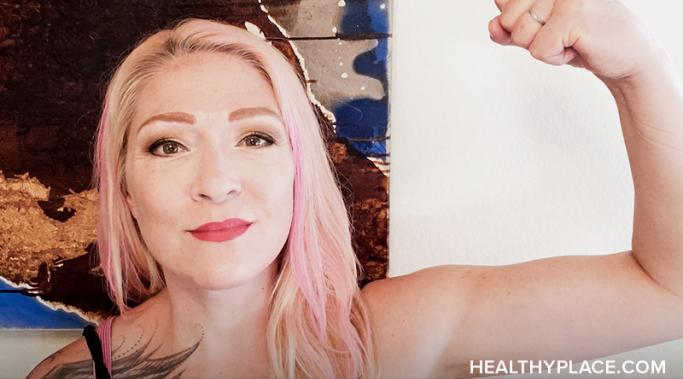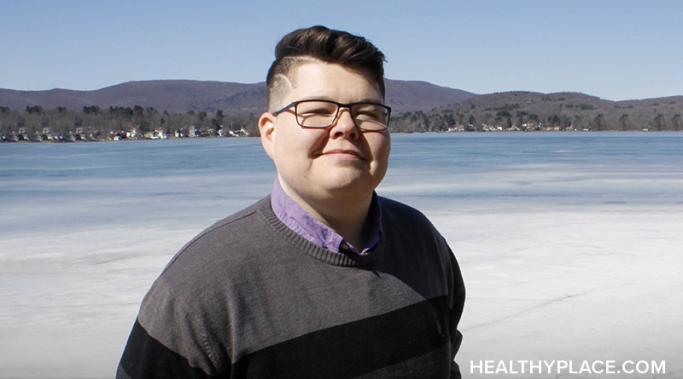Blogs
To begin with an understatement, let's say that anxiety is frustrating and anxious thoughts disrupt inner tranquility. An equal understatement is that we don't have to give into anxiety and remain trapped. There are so many ways to beat anxiety, and there are strategies and tools for every personality and unique individual who experiences their own version of anxiety. An important part of gaining freedom from anxiety (which means both reducing anxiety symptoms and living well in spite of lingering symptoms) is knowing when to act on anxiety and anxious thoughts and when to be still.
September 10th is World Suicide Prevention day. No better time to shine a light on the high rates of suicide completion and suicide attempts that are present here in our gay, lesbian, bisexual, transgender, queer, intersex, asexual, etc. (LGBTQIA+) community. Trigger warning: this post involves frank discussion of suicide and a suicide attempt.
I’m Court Rundell and I’m thrilled to co-author the Recovering from Mental Illness blog at HealthyPlace. From a very early age, I was painfully aware that my internal life was atypical, and I needed to keep it a secret. I had panic attacks and disassociated from my body regularly by seven; I attempted suicide at 11 and started abusing drugs and alcohol by 12.
If you reframe your thoughts, you develop healthy self-esteem because self-esteem is all about the way you look at yourself. So, one of the best tools to practice in this journey is the ability to reframe a negative thought into a positive. one Learning to change your point of view is key in your effort to build strong self-esteem.
Limitations in mental health recovery are real; but lately, I've been doing everything in my power to ignore my increasingly obvious limitations. I just don't want to be mentally ill anymore. I want it to go away so I can read and write and be a good wife and mother without a herculean effort. Even though I've been in recovery for years now, part of me still believes that if I just ignore my limitations and shame myself for having them in the first place, I'll be able to just breeze past them. Every time, this leads to a complete meltdown that forces me to honor my limitations, so you'd think I would know better by now, but here I am again, in meltdown mode.
My name is Meagon Nolasco and I couldn’t be happier to join the HealthyPlace team here at The Life: LGBT Mental Health blog. I identify as a cis-gendered, (woman born a female) lesbian, woman and have been out in our community for just over a decade now. My extensive history with mental health is just as defining to me as my identity and lifestyle.
Do you think you can deal with bipolar disorder alone? Do you think you can keep your bipolar a secret and just do what it requires by yourself? If so, you're not alone. Many people try, sometimes for years, to handle bipolar disorder alone. They do Google searches and online research about bipolar and its treatments and somehow that makes people think they can do it on their own. But I have news for you: you can't deal with bipolar disorder alone.
Exercise can be a great way to let go of negative emotions and manage your self-harm urges. In particular, using yoga for self-harm prevention is beneficial as it teaches you to connect with your body and physically accept it with all its imperfections.
Making healthy boundaries with a mentally ill family member is a key step for your self-care as a supporter. Read on to learn more about the kinds of boundaries I have with my brother, who has chronic depression and anxiety.
How often do you think of anxiety as your friend? This may sound like a strange question, but I believe the way we relate to anxiety plays a significant role in how we experience it. Cultivating a positive relationship with anxiety can be an important part of recovery, but it's also really difficult to do.









